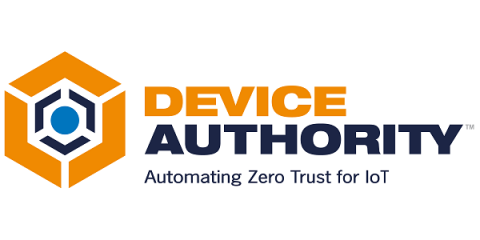Gen AI Guardrails: Paving the Way to Responsible AI
As artificial intelligence (AI) grows, AI guardrails ensure safety, accuracy, and ethical use. These guardrails are a set of protocols and best practices designed to mitigate risks associated with AI, such as bias, misinformation, and security threats. They are vital in shaping how AI systems, particularly generative AI, are developed and deployed.











